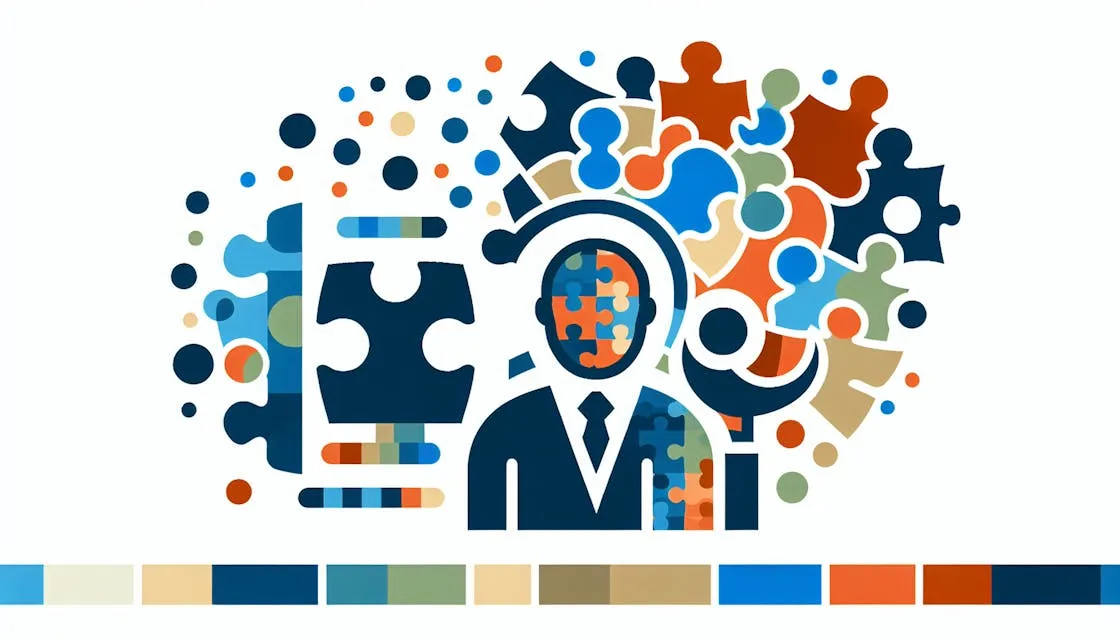Using ABA Therapy for Behavioral Issues
Discover how using ABA therapy for behavioral issues can enhance communication and social skills for individuals with autism.

Understanding ABA Therapy
Basics of ABA Therapy
Applied Behavior Analysis (ABA) therapy is an evidence-based practice designed to improve socially significant behaviors, particularly in individuals with autism. It focuses on enhancing communication, social skills, and other essential life skills through systematic observation and data-driven decision-making [1]. This therapeutic approach is not only valuable for individuals with autism but also extends to children, adults, and organizations seeking to enhance performance.
A core principle of ABA is that intervention programs should be written and executed consistently by multiple individuals, including parents and caregivers. This approach ensures effective behavior modification and helps maintain these changes in a home environment.
To better understand the fundamental components of ABA therapy, here’s a breakdown of its key principles:
| Principle | Description |
|---|---|
| Positive Reinforcement | Involves rewarding desired behaviors to encourage them. |
| Data Collection | Continuous observation and recording of behavior for analysis. |
| Individualization | Tailoring programs to meet the specific needs of each individual. |
| Generalization | Ensuring learned skills are applied in various settings. |
| Consistency | Applying the same techniques across different environments and individuals. |
Evolution of ABA Techniques
The techniques and methodologies of ABA therapy have evolved significantly since its inception. Initially developed in the 1960s, ABA has refined its approaches to better serve clients and cater to diverse needs. Early interventions often focused primarily on behavior elimination; however, contemporary strategies encompass a broader scope, emphasizing skill acquisition and overall quality of life improvements.
Research indicates that when ABA therapy is conducted for more than 20 hours a week during the first few years of life, it can yield substantial developmental gains and even decrease the need for special services later on in life.
Additionally, the understanding of the seven dimensions of ABA therapy—generalization, effectiveness, technological aspects, application, conceptual systematics, analytics, and behavioral focus—plays a crucial role in ensuring that children with autism receive meaningful, research-based treatment [4]. This multi-dimensional approach allows therapists to adapt their methods, making ABA therapy not only effective but also flexible for various situations and individuals.
As ABA techniques continue to develop, parents and caregivers can explore numerous options to support their loved ones on the autism spectrum. Accessing resources on how to implement ABA therapy at home can provide valuable strategies for integrating therapy into daily life.
ABA Methodologies
Applied Behavior Analysis (ABA) encompasses various methodologies designed to aid individuals with autism in developing skills and managing behaviors. This section highlights three key methodologies within ABA therapy: Discrete Trial Training (DTT), Pivotal Response Treatment (PRT), and the Early Start Denver Model (ESDM).
Discrete Trial Training (DTT)
Discrete Trial Training (DTT) is a structured and systematic approach to teaching new skills in a distinct format. It breaks down complex tasks into smaller, manageable parts, making it easier for individuals with autism to learn. Each trial consists of three essential components: the instruction (antecedent), the individual's response (behavior), and feedback or reinforcement (consequent).
| Component | Description |
|---|---|
| Instruction | Clear directive given to the individual |
| Response | Individual's reaction to the instruction |
| Feedback | Positive reinforcement or correction provided afterward |
DTT can be implemented in various settings, including home and school environments. It is crucial for parents and caregivers to learn this method to enhance the effectiveness of ABA therapy. For further guidance, see our article on how to implement aba therapy at home.
Pivotal Response Treatment (PRT)
Pivotal Response Treatment (PRT) focuses on enhancing pivotal areas of a child's development, such as motivation and self-management, rather than targeting isolated behaviors. This methodology encourages engagement and interaction by using interests and play to facilitate learning. PRT is known for its flexibility, allowing children to choose activities while still working towards specific goals [3].
| Pivotal Areas | Description |
|---|---|
| Motivation | Encouraging self-initiated responses |
| Self-Management | Teaching self-regulation and responsibility |
| Social Interaction | Enhancing communication through play |
Behavior Technicians often use PRT in various environments to promote generalization of skills learned during therapy. For testimonials of success through ABA, check out our aba therapy success stories.
Early Start Denver Model (ESDM)
The Early Start Denver Model (ESDM) is an evidence-based intervention designed for children aged 12 to 48 months. It merges traditional ABA techniques with play-based activities, allowing for a more natural learning experience where multiple developmental goals can be targeted within a single session [3].
| Key Features | Benefits |
|---|---|
| Play-Based Learning | Engages younger children in a fun environment |
| Targeted Developmental Goals | Addresses social, cognitive, and language skills |
| Family Involvement | Encourages active participation from caregivers |
Studies indicate that utilizing ESDM during the critical early years can lead to significant developmental gains and reduce the need for special services later in life. For insights into early intervention, refer to our article on early intervention aba therapy.
Understanding these methodologies can help parents and caregivers make informed decisions about using ABA therapy for behavioral issues. Each approach offers unique advantages tailored to different developmental needs, ensuring a comprehensive strategy for supporting individuals with autism.
Benefits of ABA Therapy
ABA therapy provides several advantages for individuals with autism, particularly in areas such as socialization, communication, and skill development. These benefits are crucial for fostering independence and improving the quality of life for those on the autism spectrum.
Socialization Improvement
One of the key benefits of using ABA therapy for behavioral issues is its ability to enhance social skills. ABA techniques help individuals with autism learn how to interact with their peers and participate in social situations effectively. By focusing on structured learning experiences, children acquire essential skills for initiating and maintaining conversations, understanding social cues, and developing friendships.
| Skill Area | Benefits |
|---|---|
| Conversational Skills | Improved ability to engage in dialogue |
| Understanding Social Cues | Enhanced recognition of non-verbal communication |
| Peer Interaction | Increased comfort in group settings |
Children that undergo extensive ABA therapy (more than 20 hours a week during their early years) show significant improvements in socialization, which can reduce their need for special services later in life.
Communication Enhancement
ABA therapy plays a vital role in enhancing communication skills for individuals with autism. By using scientifically-based methods, this therapy promotes both verbal and non-verbal communication abilities. It focuses on helping children articulate their needs, express their feelings, and engage in meaningful conversations.
| Communication Type | Improvements |
|---|---|
| Expressive Language | Greater ability to convey thoughts and feelings |
| Non-Verbal Communication | Improved use of gestures and visual aids |
| Academic Communication | Enhanced participation in school settings |
Communication enhancement is particularly important for non-verbal children, as ABA therapy tailored to their needs can promote significant progress in expressing themselves effectively [5].
Skill Development
Beyond socialization and communication, ABA therapy also fosters a wide range of skill development. It helps children learn critical life skills that enable them to function better at home, school, and in public settings. Skills taught during ABA sessions may include:
- Self-care: Activities such as dressing, grooming, and hygiene.
- Academic: Learning foundational concepts in reading, writing, and math.
- Play: Engaging in play activities that promote creativity and social interaction.
| Skill Category | Specific Skills Taught |
|---|---|
| Self-Care | Dressing, bathing, and grooming |
| Academic | Reading, basic math, and problem-solving |
| Social/Play | Cooperative games and imaginative play |
This type of development is essential for preparing individuals with autism for daily life and encouraging their independence. Research indicates that early intervention through ABA can result in lasting positive outcomes in these areas, ensuring individuals acquire skills they will use throughout their lives [4].
Parents and caregivers interested in implementing ABA therapy can learn more about how to implement ABA therapy at home and explore various ABA therapy success stories to gain insights on its effectiveness.
Criticisms of ABA Therapy
ABA therapy has its supporters, but it also faces significant criticisms. These concerns primarily revolve around the therapy's focus on behavior elimination and its implications for neurodiversity.
Focus on Behavior Elimination
Critics of ABA argue that the therapy is overly focused on eliminating specific behaviors rather than emphasizing skill development. This can lead to situations where practitioners prioritize the reduction of behaviors without fostering the necessary skills for communication and social interaction.
This approach can raise concerns about the overall therapeutic direction, as some techniques may prioritize compliance over understanding the child’s needs. Critics emphasize that a balanced approach should integrate behavior management with skill-building efforts to promote holistic development.
| Focus Area | ABA Therapy Criticism |
|---|---|
| Behavior Elimination | Overemphasis on reducing unwanted behaviors |
| Skill Development | Neglecting the enhancement of communication and social skills |
Conflict with Neurodiversity
Another significant criticism stems from the tension between ABA interventions and the principles of neurodiversity. Some autistic self-advocates indicate that ABA aims to make autistic children conform to neurotypical standards, which conflicts with embracing different neurological experiences [6]. This perspective argues for the valid acceptance and celebration of neurodiversity rather than enforcing conformity.
Moreover, autism rights and neurodiversity advocates have raised concerns about historical practices in ABA, particularly regarding punishment-based procedures. There are apprehensions about the potential side effects of such methods, as well as ethical concerns regarding their application. Critics warn that targeting certain behaviors, like stereotypic movements (stimming), can be perceived as abusive since these behaviors often serve important self-regulatory functions for autistic individuals [7].
For parents seeking to understand both the advantages and criticisms of applied behavior analysis, it is essential to find qualified practitioners who prioritize the well-being and individuality of the child over mere compliance. More information on implementing effective therapy can be found in our article on how to implement aba therapy at home.
ABA Techniques
When implementing ABA therapy, various techniques are used to modify behavior and enhance essential life skills. Understanding these techniques helps parents and caregivers support individuals with autism effectively.
Positive and Negative Reinforcement
Reinforcement is a fundamental concept in ABA therapy that involves encouraging desired behaviors. Positive reinforcement refers to providing a pleasant stimulus after a desired behavior is exhibited, effectively increasing the likelihood that the behavior will occur again. For example, offering praise or a small reward when a child completes a task can motivate them to repeat the behavior.
Negative reinforcement, on the other hand, involves the removal of an unpleasant stimulus when a desired behavior occurs. For instance, if a child finishes their homework to avoid an earlier bedtime, the removal of the bedtime restriction acts as negative reinforcement. Both forms of reinforcement are essential in shaping behavior.
| Type of Reinforcement | Description |
|---|---|
| Positive Reinforcement | Involves giving a reward or praise after a desired behavior. |
| Negative Reinforcement | Involves removing an undesirable condition to encourage the behavior. |
Extinction and Modeling
Extinction is a critical ABA technique used to reduce or eliminate challenging behaviors. This approach involves ceasing any form of reinforcement for the unwanted behavior. By ignoring the behavior consistently, it is expected to diminish over time, even though initial attempts may result in an increase in the behavior as the individual tests boundaries [1].
Modeling is another effective technique in ABA therapy, known for its 'lead by example' approach. This method helps individuals learn new skills or desirable behaviors, making it particularly useful for autistic children and adults who may struggle with social cues [1]. By demonstrating the desired behavior, therapists can facilitate learning and reinforce positive social interactions.
Behavior Chaining
Behavior chaining involves breaking down complex tasks into smaller, manageable steps. Each step of the task is taught sequentially, and the individual is rewarded for successfully completing each step. This technique makes it easier for individuals with autism to learn and master new skills by focusing on one part of the task at a time [8].
Here’s an example breakdown when teaching a child to brush their teeth:
| Step | Action |
|---|---|
| 1 | Pick up the toothbrush. |
| 2 | Apply toothpaste. |
| 3 | Wet the toothbrush. |
| 4 | Brush teeth front and back. |
| 5 | Rinse the mouth. |
| 6 | Clean the toothbrush. |
ABA therapists often provide training for parents and caregivers to ensure that behavior progress continues outside the clinical setting. For more information on how to implement these techniques, consider exploring our article on how to implement aba therapy at home.
Effectiveness of ABA Therapy
Understanding the effectiveness of ABA therapy is vital for parents and caregivers seeking the best approaches for individuals with autism. This section highlights the seven dimensions of ABA, relevant research, endorsements, and factors influencing intervention success.
Seven Dimensions of ABA
The seven dimensions of ABA therapy are essential components that ensure children with autism receive impactful, research-based treatment. These dimensions include:
| Dimension | Description |
|---|---|
| Generalization | The ability to transfer learned behaviors to different environments and situations. |
| Effectiveness | The extent to which interventions produce meaningful improvements in targeted behaviors. |
| Technological | ABA methods must be based on techniques that can be replicated across various settings. |
| Application | The use of principles of behavior analysis to address a wide range of concerns effectively. |
| Conceptual Systematics | The underlying theory that supports the methodologies applied in ABA practice. |
| Analytics | Data-driven assessment to measure progress and effectiveness of interventions. |
| Behavioral | Focus on observable behaviors to improve skills and enhance quality of life. |
These dimensions are crucial in helping individuals with autism acquire necessary skills and enhancing their overall quality of life [4].
Research and Endorsements
Numerous studies support the effectiveness of ABA-based interventions, which are widely acknowledged as the most effective strategies for individuals diagnosed with autism spectrum disorder. Major organizations, including Autism Speaks and The Association for Behavior Analysis International, endorse ABA therapy as a best practice in treating autism.
Research has shown promising outcomes in areas such as socialization, communication, and expressive language in children with autism spectrum disorder (ASD). However, some meta-analyses indicate limitations in the effectiveness for broader outcomes like adaptive behavior and cognitive functions.
Intervention Success and Considerations
The success of ABA therapy can depend on various factors, including the implementation of specific methodologies such as the Early Start Denver Model (ESDM), Discrete Trial Training (DTT), and Picture Exchange Communication Systems (PECS). These models effectively teach essential skills such as communication, social interaction, and daily living tasks.
Despite its potential benefits, it is essential for caregivers to consider that not all individuals will respond to ABA interventions in the same way. A study in Northern California found that only 15% of participants received the full recommended dosage of ABA therapy, while others either discontinued or did not receive the services after being referred [10].
For effective implementation, parents and caregivers can explore resources on how to implement aba therapy at home and consider consulting professionals through links such as finding qualified aba therapists for personalized guidance.
References
Does Your Child Have An Autism Diagnosis?
Learn More About How ABA Therapy Can Help
Find More Articles
Contact us
North Carolina, Nevada, Utah, Virginia
New Hampshire, Maine
Arizona, Colorado, Georgia, New Mexico, Oklahoma, Texas
.avif)


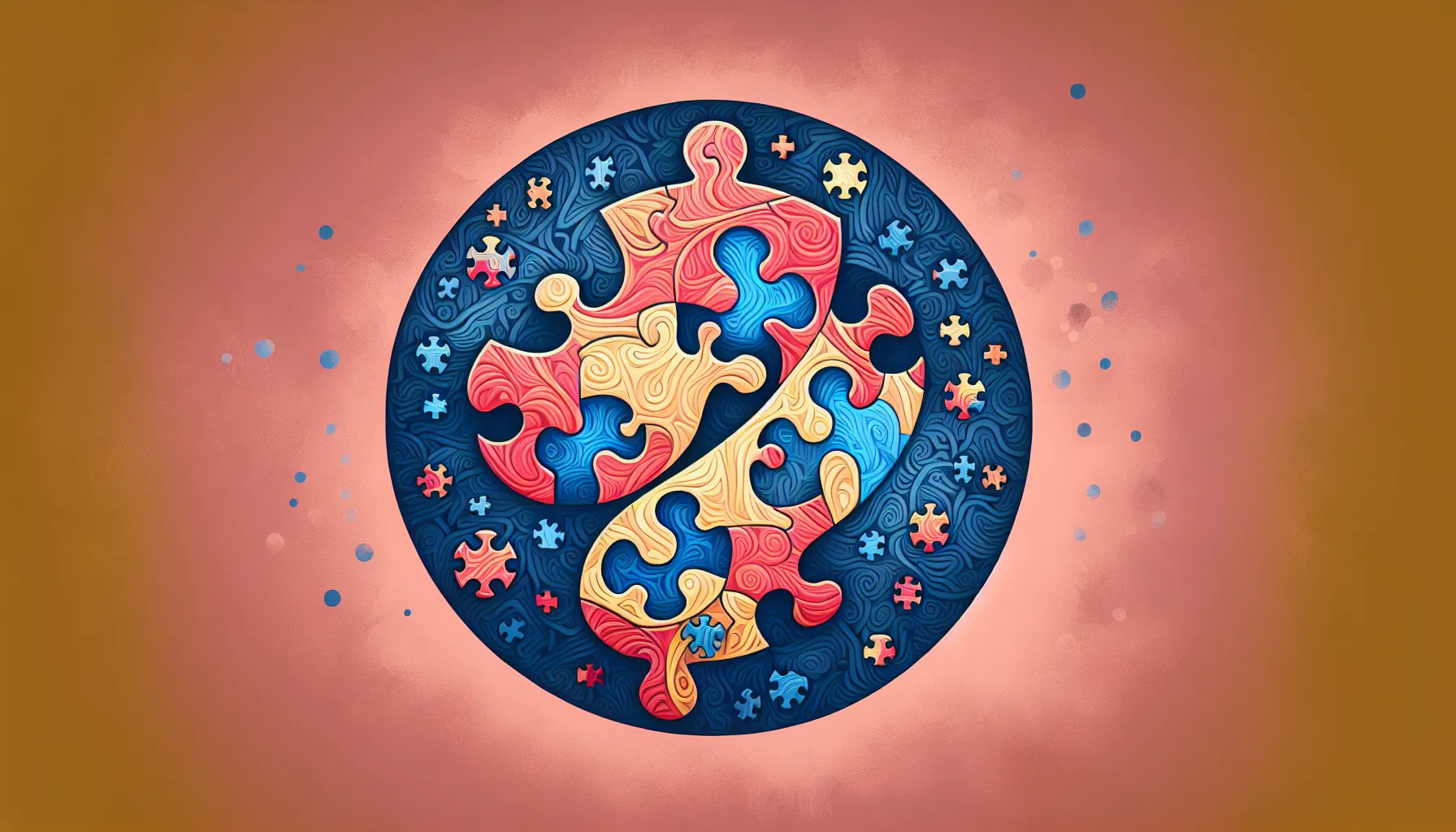




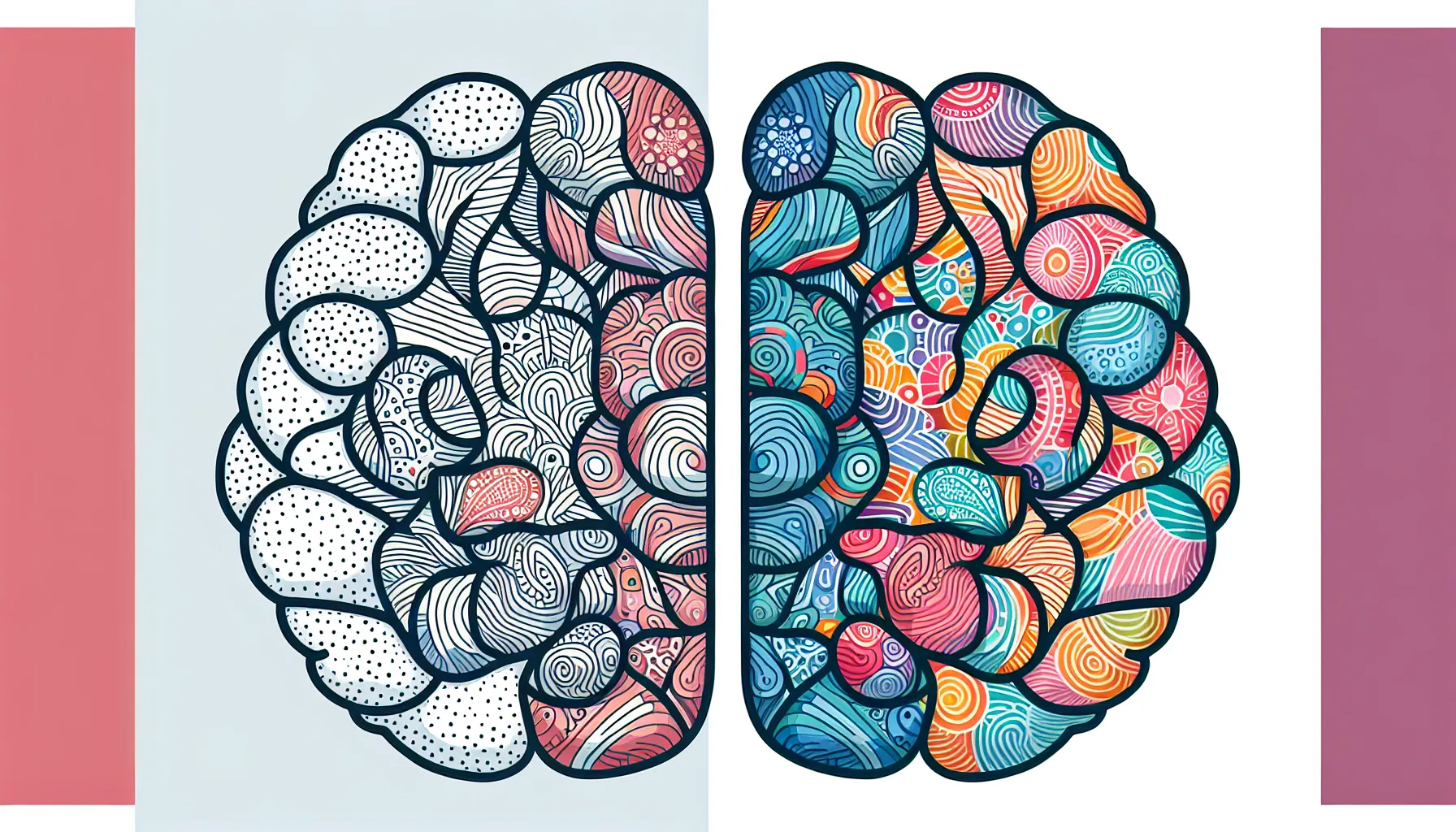














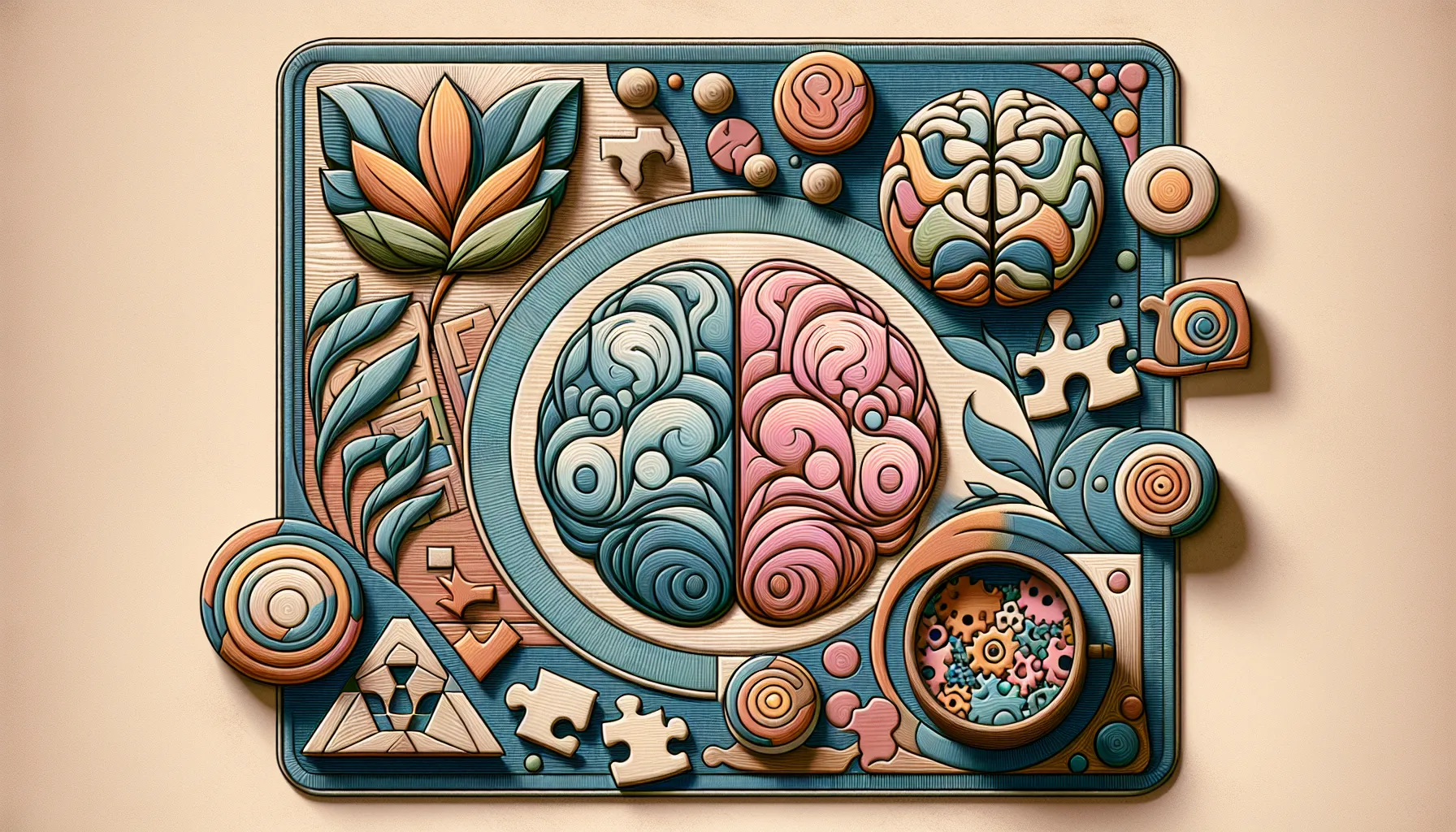

















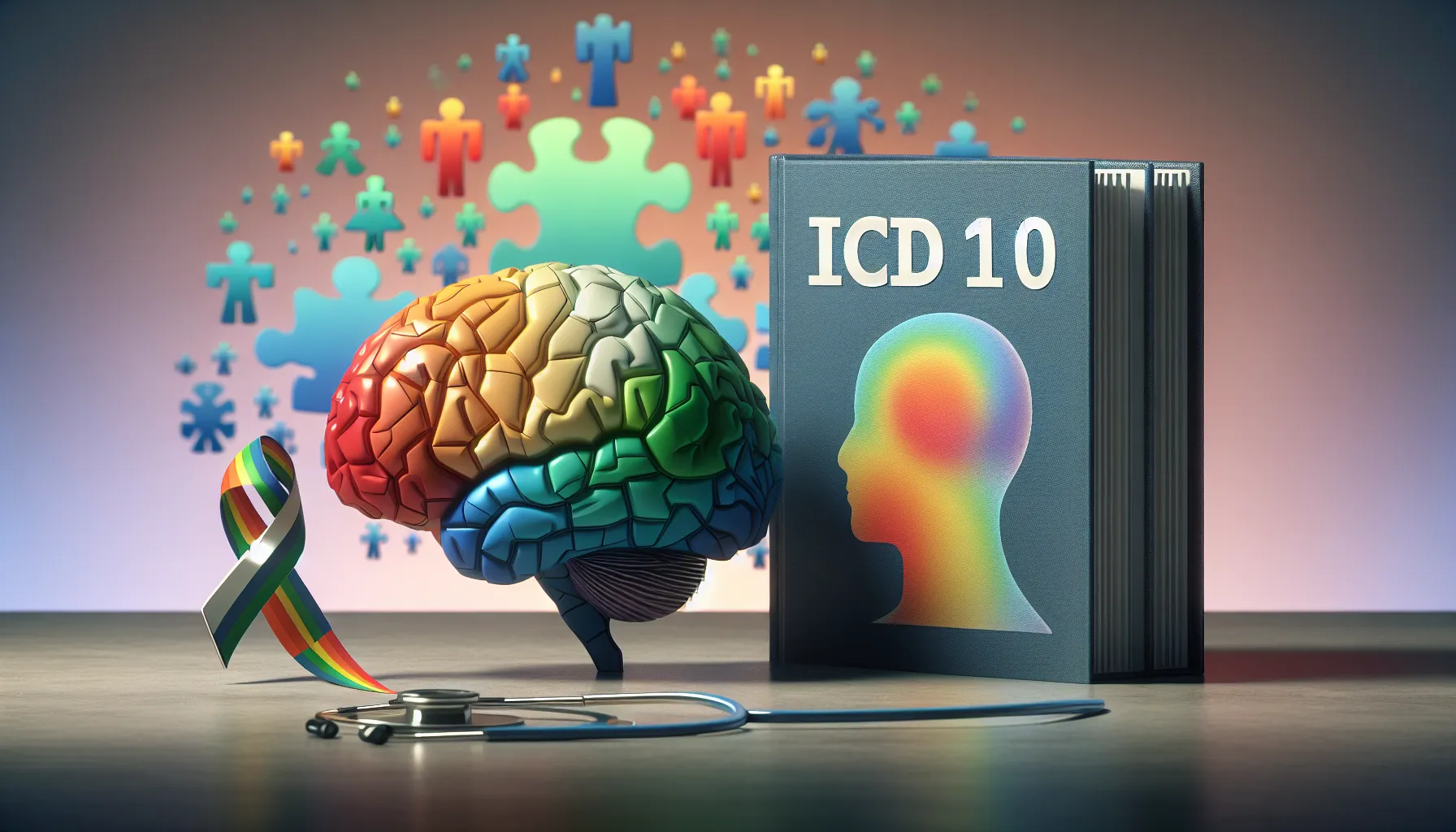



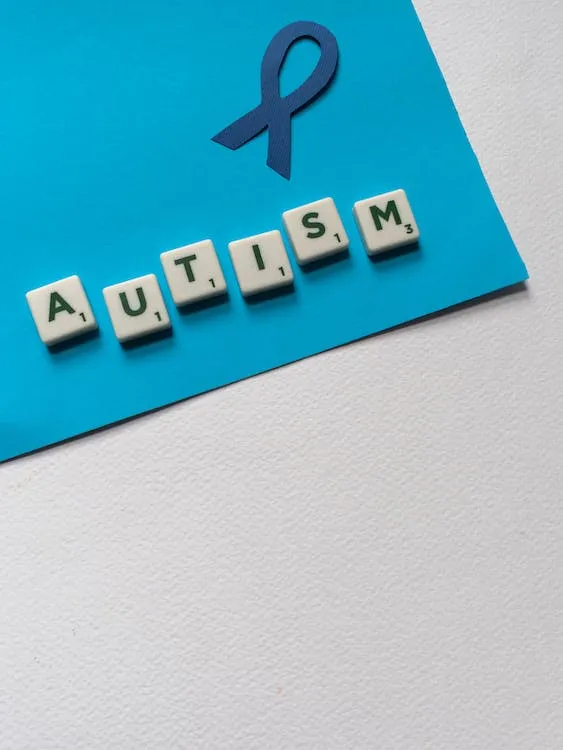







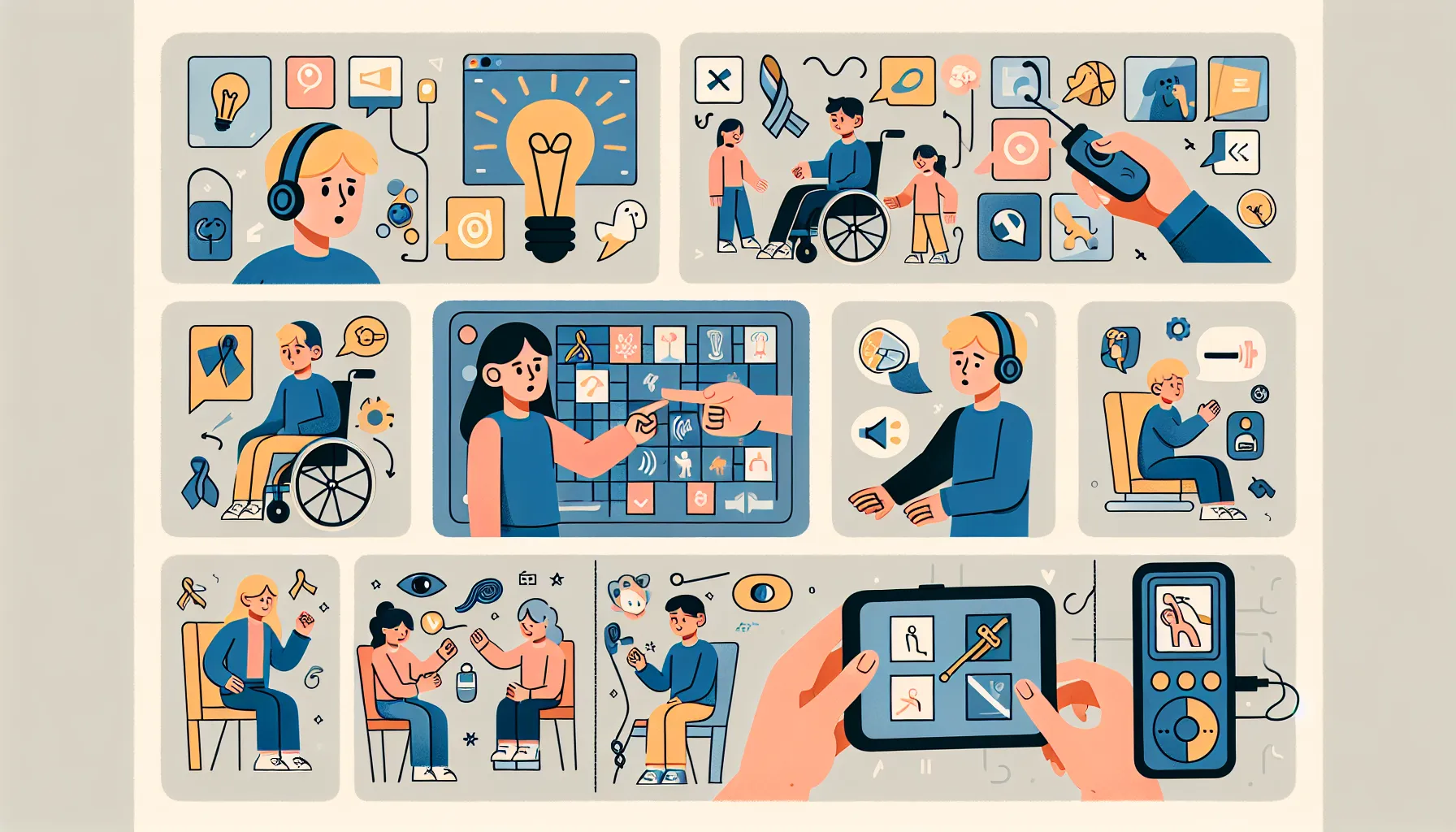






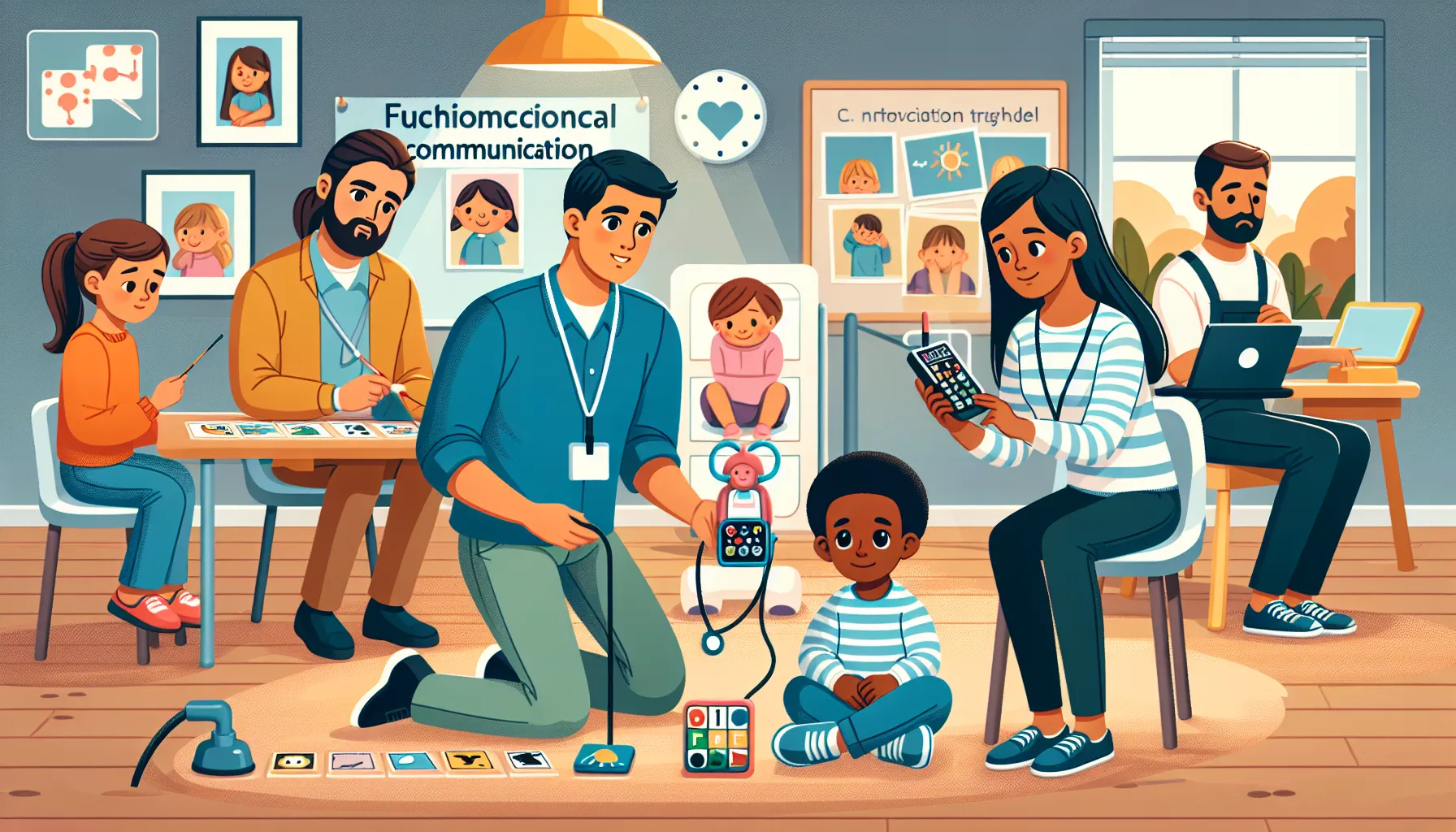


.webp)




















